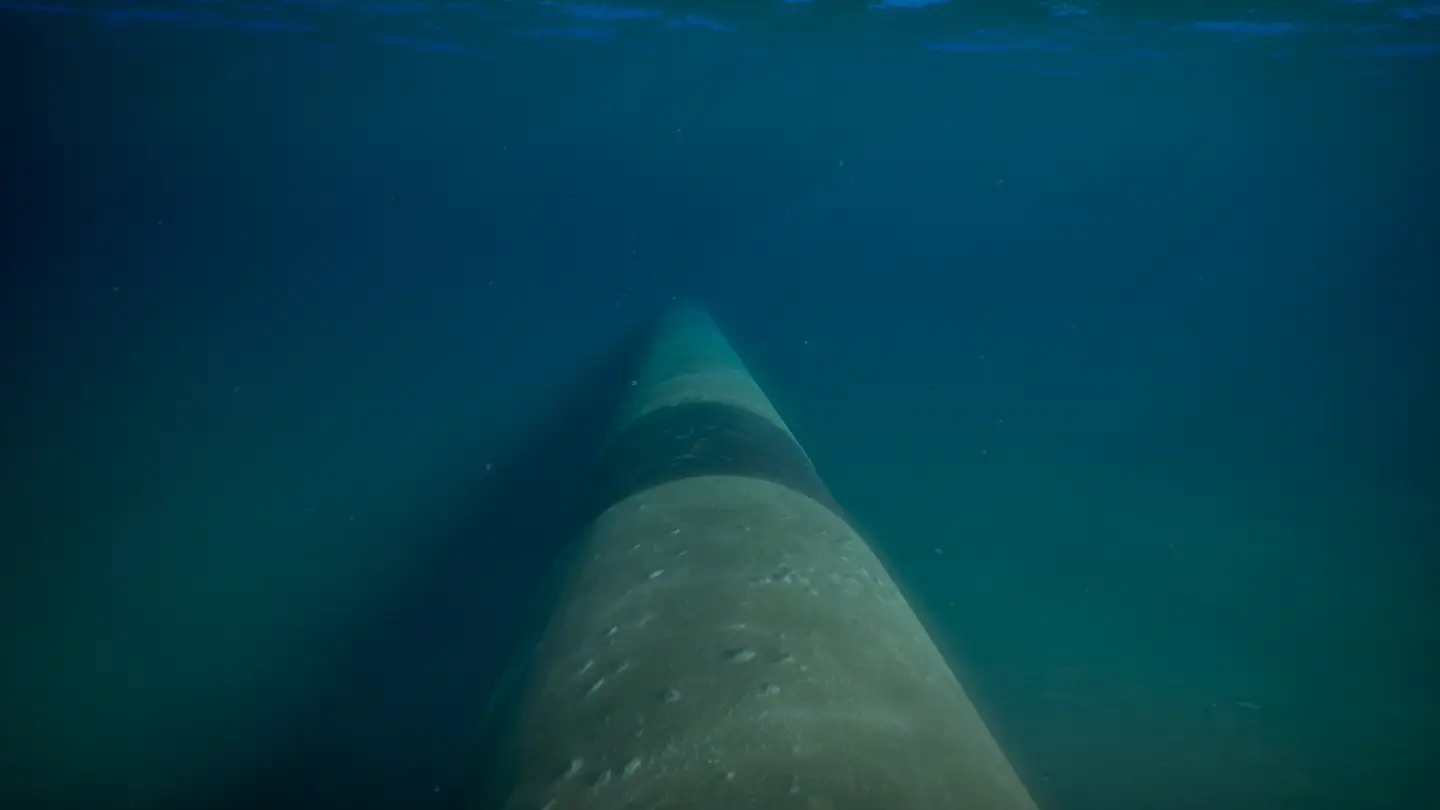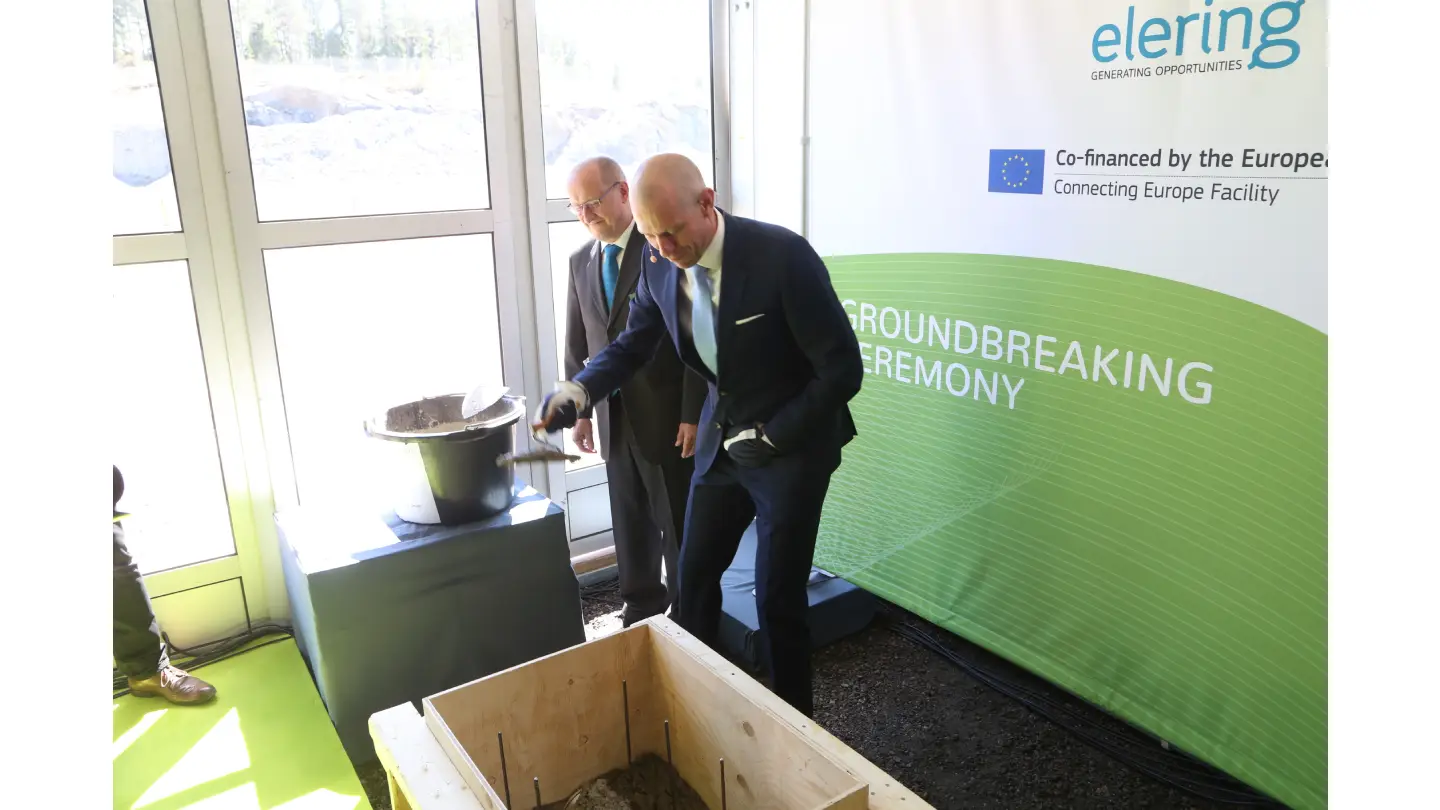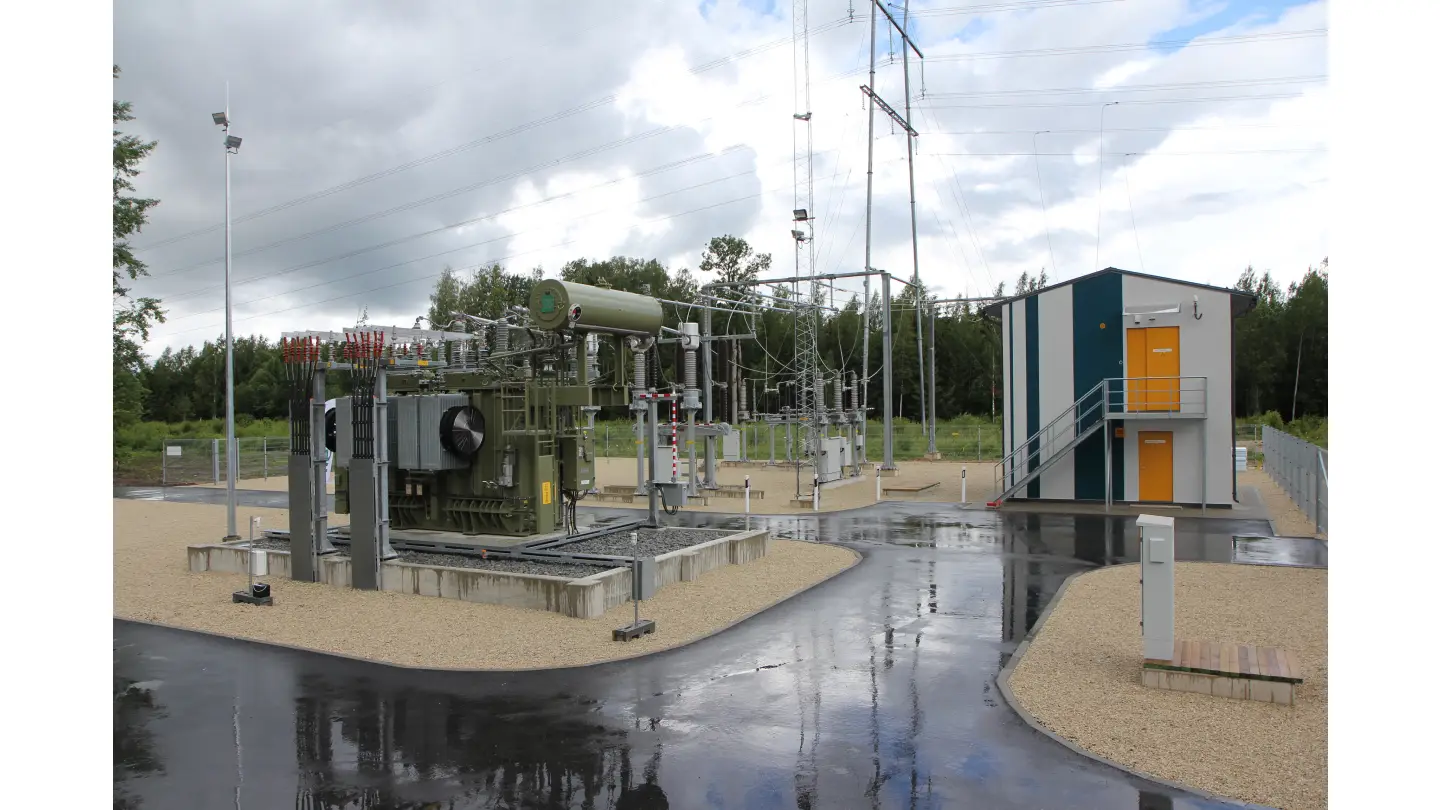The Balticconnector pipeline is a bi-directional natural gas pipeline that connects the gas networks of Finland and Estonia. The development of the pipeline supports the integration of the Finnish and Baltic gas markets and improves energy security in the region.
The project is jointly operated by Finnish state-owned company Gasgrid and Estonian transmission system operator Elering, with each company responsible for the section located within its national territory.
Construction works on the project began in June 2018 with the laying of the cornerstone of the Balticconnector compressor station in Inkoo, Finland.
The pipeline commenced operations in January 2020.
The total construction costs for the development of Balticconnector was around €250m. As a Project of Common Interest (PCI) recognised by the European Union (EU), Balticconnector received financial support from the Connecting Europe Facility (CEF) for both preparatory studies and construction works.
In 2014, the project was awarded a €5.4m grant to carry out studies. In 2016, it secured an additional €187m grant for construction activities, covering 75% of the total eligible construction costs.
Balticconnector Pipeline Route
The total length of the Balticconnector pipeline is approximately 152km, stretching from Inkoo in Finland to Paldiski in Estonia.
It consists of three main sections.
A 21km onshore section in Finland, running from the Inkoo compressor station to the coast; an 77km offshore pipeline across the Gulf of Finland between Inkoo and Paldiski; and around 54km onshore section in Estonia connecting to the Estonian gas transmission network.
The pipeline route was selected following technical studies and environmental impact assessments conducted in both Finland and Estonia. These assessments considered factors such as environmental protection, maritime traffic, and safety requirements.
Balticconnector Infrastructure Details
Balticconnector is designed to facilitate bi-directional gas flow, allowing for flexible transmission based on market demand.
The main components of the project include a subsea pipeline with a diameter of 500 millimetres (around 20-inches); receiving stations located at both landfall points; onshore pipeline sections; compressor stations located at Inkoo (Finland) and Kersalu (Estonia) to control gas pressure and enabling bidirectional transmission; and integration infrastructure with national gas networks in Finland and Estonia.
The offshore pipeline was installed using a pipe-lay vessel, with methods adapted to conditions along the route. In deeper parts of the sea, the pipeline was left exposed on the seabed; while at crossings with existing pipelines or cables, protective rock mattresses were installed.
Pipeline pre-commissioning activities included flooding, cleaning, gauging, pressure testing, dewatering, drying and conditioning, and final gas filling.
The compressor and receiving stations were positioned close to the offshore landfall points to minimise the onshore pipeline length. The Inkoo compressor station increases the gas pressure to meet the operational requirements of the transmission system.
The Balticconnector system can be remotely operated and monitored from the gas control centre in Kouvola, Finland. The expected lifespan of the pipeline infrastructure is approximately 50 years.
The pipeline has a maximum transmission capacity of approximately 7.2 million cubic metres per day (around 2.6 billion cubic metres annually).
The Balticconnector enables access to Latvia’s Inčukalns underground gas storage facility, supporting seasonal flexibility in gas supply.
Key Contractors Involved
Two separate environmental impact assessment (EIA) reports were prepared for the Balticconnector project. Pöyry Finland was responsible for the preparation of the EIA report and Ramboll for the EIA programme.
Elering signed EG Ehitus and AS Scanweld, and UAB Alvora for the construction of the Balticconnector Estonian onshore pipeline.
Allseas Group was responsible for the installation of the offshore pipeline laying in the Gulf of Finland, while Siemens supplied compressor units.
Paldiski compressor station was built by Control Process under a turnkey contract with Elering. Finnish infrastructure company Destia performed part of the onshore pipeline construction work in Finland.
Incident and Repairs
In October 2023, the Balticconnector pipeline suffered physical damage resulting in an unexpected pressure drop. Investigations by Finnish and Estonian authorities identified the cause as external mechanical impact, with damage likely caused by a ship’s anchor.
Following the incident, Balticconnector was shut down for safety and inspection. Repair works commenced after assessments were completed, with the pipeline returning to commercial operation in April 2024.
The cost of repairs was estimated at approximately €35m–40m.





